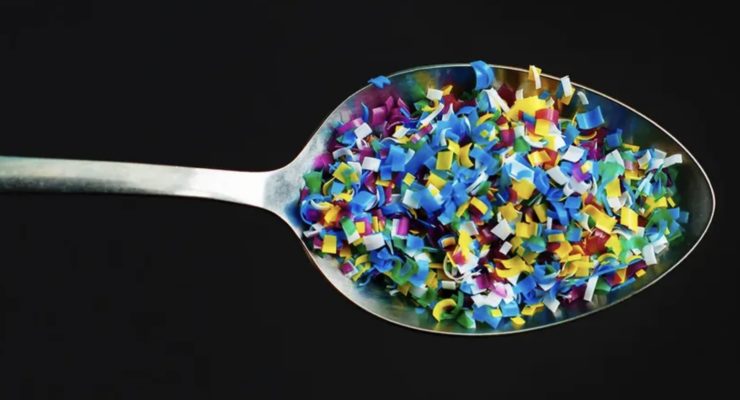(Nicoles S. Murphy) A recent study out of Hull York Medical school found microplastics deeper than expected in the lungs of living people for the first time. The paper published in March 2022 sparked accusations on the internet blaming face masks for the results. Fact checking sites were fast to follow debunking this notion.
MICROPLASTICS
Study Finds MICROPLASTIC Fibers From FACE MASKS Lodged in Human Lungs
(Ramon Tomey) Authorities have espoused surgical face masks as a way to address the Wuhan coronavirus (COVID-19) since the pandemic’s onset in 2020. However, a study found that these masks possibly introduced microplastic materials into human lungs.
New Study Shows Microplastics Found in Human Blood for the First Time in History
(Jim Hoft) A new study conducted by Dutch scientists found tiny plastic particles in human blood for the first time in almost 80% of the people tested, The Guardian reported.
Celebrate, but Not with Glitter: Glitter Is a Toxic Pollutant That Should Be Banned, Warn Scientists
(Zoey Sky) Glitter is tiny, sparkly and festive, but these minuscule particles are harmful to the environment. According to experts, glitter should be banned to protect oceans and marine life.
Scientists Make Microplastics Breakthrough, Devising Method to Trap And Remove Them
(Good News Network) Microbiologists have found a way to use bacteria to trap microplastics, removing them from the environment and making them easier to recycle.
Polluted Bodies: Researchers Find Shocking Levels of Microplastics in Children
(Prepare For Change) Scientists are still unsure about the health risks that microplastic ingestion poses to human health. But that’s starting to change thanks to recent studies.
Over 90 Percent of Salt Brands Contain MICROPLASTICS, Scientists Find
(Ralph Flores) Bad news, salt lovers — a recent study says that over 90 percent of salts sold across the world contain microplastics. The study, published in the journal Environmental Science and Technology, looked at 39 salt brands from 21 countries, including the U.S. and China.






